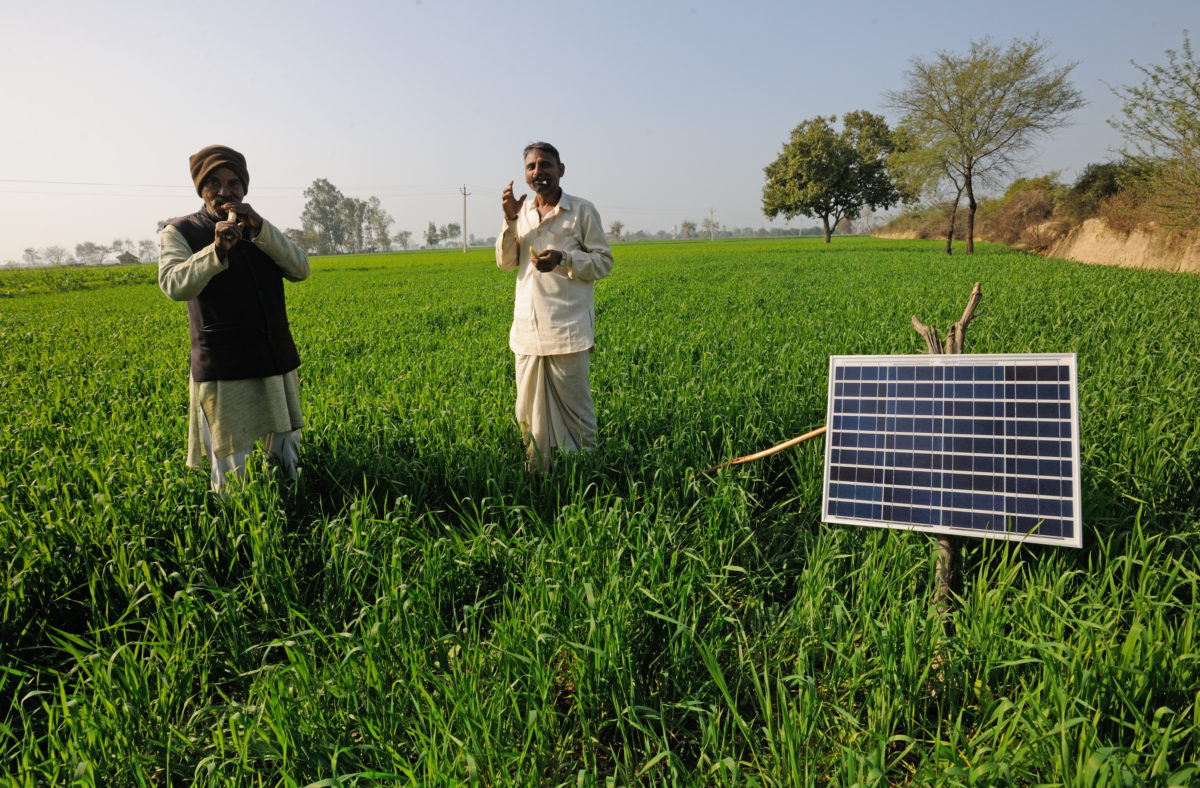The Cabinet Committee on Economic Affairs (CCEA), chaired by the prime minister Narendra Modi, has approved financial support totaling more than Rs46,000 crore by 2022 to promote the use of solar among farmers and to boost the rooftop solar program.
With the election looming in April and May, India’s rooftop solar program has been awarded financial support of Rs11,814 crore. Under the scheme, group housing societies and resident welfare associations will get financial support to install rooftop PV as India aims to achieve 40 GW of rooftop solar by 2022 – 40% of the country’s 100 GW solar target.
The residential solar scheme will provide 40% of the cost of rooftop solar systems from government funds for arrays with a capacity of up to 3 kW. Larger systems – up to 10 kW in scale – will secure a 20% subsidy. Group housing societies and residential welfare associations can secure a 20% subsidy to power shared residential facilities for installations with a capacity of up to 10 kW per house and a total 500 kWp per association.
Central government financial support for the Kisan Urja Suraksha Evam Utthan Mahaabhiyan (KUSUM) rural solar scheme amounts to Rs34,422 crore. Through the program, the government aims to add solar capacity of 25.75 GW by 2022 by promoting the installation of 10 GW worth of ‘decentralized ground mounted’, grid-connected renewable power plants and the deployment of 17.5 lakh standalone solar-powered agriculture pumps. The plan includes the conversion to solar power of 10 lakh of grid-connected pumps.
Pump action
Under KUSUM, farmers and agricultural collectives can set up solar power plants of 500 kW to 2 MW capacity on barren or cultivable land.
“The power generated will be purchased by the DISCOMs [distribution companies] at feed-in tariffs determined by [the] respective State Electricity Regulatory Commission,” said a government statement about the CCEA funding decision. “The scheme will open a stable and continuous source of income to the rural land owners. Performance-based incentives of Rs0.40 per unit for five years will be provided to DISCOMs.”
The scheme helps farmers install standalone solar pumps with a capacity of up to 7.5 hp. There is also support to make grid connected pumps of the same size solar powered. A PV capacity of up to twice the pump capacity in kW is allowed under the scheme.
“The farmer will be able to use the generated energy to meet … irrigation needs and the excess available energy will be sold to [a] DISCOM,” added the government statement. “This will help to create an avenue for extra income to the farmers, and for the states to meet their RPO [renewable purchase obligation] targets.”
For solar pumps, 30% of the benchmark or tender cost, whichever is lower, will be provided to farmers by central government. State governments will offer a further 30% subsidy.
This content is protected by copyright and may not be reused. If you want to cooperate with us and would like to reuse some of our content, please contact: editors@pv-magazine.com.









4 comments
By submitting this form you agree to pv magazine using your data for the purposes of publishing your comment.
Your personal data will only be disclosed or otherwise transmitted to third parties for the purposes of spam filtering or if this is necessary for technical maintenance of the website. Any other transfer to third parties will not take place unless this is justified on the basis of applicable data protection regulations or if pv magazine is legally obliged to do so.
You may revoke this consent at any time with effect for the future, in which case your personal data will be deleted immediately. Otherwise, your data will be deleted if pv magazine has processed your request or the purpose of data storage is fulfilled.
Further information on data privacy can be found in our Data Protection Policy.